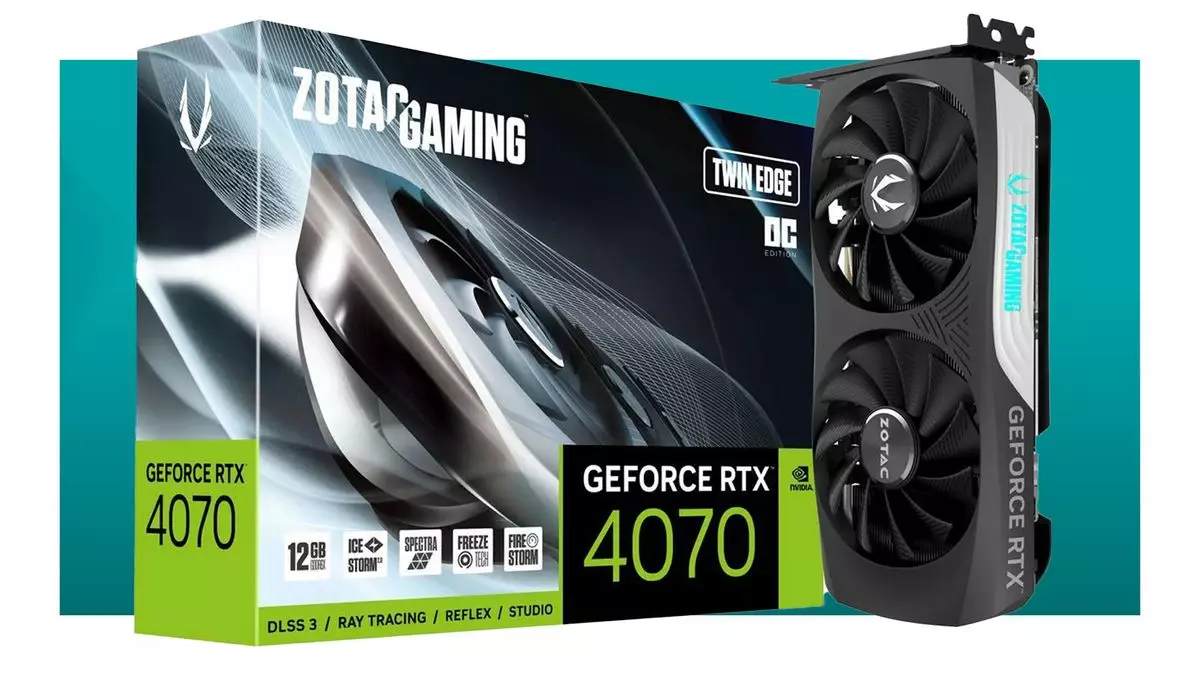The market for graphics cards is notoriously volatile, characterized by rapid advancements and shifting demand. Currently, Nvidia’s RTX 40-series GPUs are maintaining their value remarkably well, despite rumors of their impending replacement by the anticipated RTX 50-series next year. This resilience suggests that consumers who hope for last-minute sales may be left disappointed, as inventory and pricing strategies appear to favor maintaining current price points. As the industry gears up for the next generation, potential buyers must weigh the benefits of acquiring current models against the likelihood of technological improvements in the near future.
For gamers and creators alike, the decision of when to upgrade or purchase a graphics card can hinge on technology release cycles. Nvidia’s planned transition to the RTX 50-series implies that significant performance upgrades can be expected, rendering the current generation less engaging to some. If you can afford to delay your purchase, it may prove beneficial to wait until the new models are unveiled. This doesn’t just apply to consumers looking to enhance their gaming capabilities—the expected advancements in AI and ray tracing could have a broader impact on overall user experience across various applications.
However, there are compelling offers available for those without the luxury of time. Recently, a notable pricing opportunity emerged at Walmart, where the Zotac Twin Edge RTX 4070 is available for under $500. This card boasts impressive specifications, including 5,888 CUDA cores and 12 GB of GDDR6X memory, making it a formidable option for gaming at high settings today. For those who find themselves needing a graphics card urgently, this may indeed represent good value, particularly as we move into 2025 with evolving gaming demands.
Yet, consumers should also keep an ear to the ground for competitive offerings from AMD. Currently, the RX 7800 XT is being offered at a price point of around $480, making it a viable alternative to Nvidia’s RTX lineup. This raises the necessity for potential buyers to analyze their specific needs, comparing performance metrics and price points across brands to determine the best fit for their systems. In many cases, AMD can provide sufficiently powerful options at lower costs, making for a strong consideration when deciding on a graphics card.
As the lucrative Black Friday shopping event approaches, there’s a chance that even better deals may surface, prompting both patience and strategy in your purchasing approach. If you’re currently undecided, holding off until this period could potentially yield substantial savings, particularly with the constant fluctuations in technology and availability. Additionally, keeping an eye out for announcements regarding the RTX 50-series might further refine your purchasing strategy, allowing you to make a more informed decision as market dynamics evolve.
With Nvidia’s GPU market evolving rapidly and new technologies poised for release, now more than ever, consumers should carefully weigh the value of immediate purchases against potential enhancements on the horizon. Whether opting for a current, solid-performing model or waiting for the next generation, informed decision-making is key to navigating the graphics card landscape successfully.

